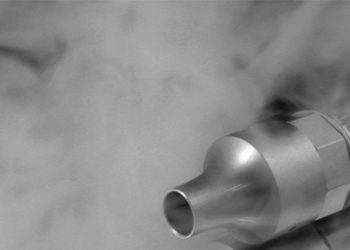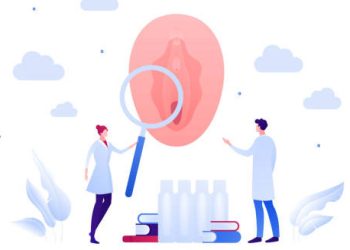Recognising the symptoms of kyphosis is crucial for early intervention and successful treatment. The symptoms of kyphosis can vary widely depending on the type, severity, and underlying cause of the condition. In some cases, the spinal curvature may be mild and cause no symptoms. In others, it can lead to physical discomfort, limited movement, and emotional challenges. That’s why understanding the full range of symptoms is important for healthcare providers, caregivers, and patients alike.
Visible Signs and Spinal Curvature in Kyphosis
The most noticeable symptom is an abnormal spinal curve, often described as a rounded or hunched back. This curve usually affects the upper (thoracic) spine and may cause someone to look stooped or slouched. In mild postural kyphosis, the change in appearance might only show after long periods of standing or sitting. In more severe forms, like Scheuermann’s disease or congenital kyphosis, the curve becomes stiff and permanent. Children or teens with these conditions may develop a visible hump, especially during growth spurts.
Back pain is another common symptom, especially in adults. This pain often comes from extra strain on the muscles, ligaments, and discs caused by the spine’s poor alignment. Postural kyphosis may lead to dull, on-and-off pain, which worsens after sitting or standing too long. In contrast, Scheuermann’s kyphosis causes more constant pain due to its rigid curve and disc issues. Degenerative or osteoporotic kyphosis in older adults also often causes ongoing pain in the lower or mid-back.
Fatigue, Height Loss, and Physical Limitations
Fatigue is another symptom that may go unnoticed but plays a big role. The unusual spinal curve forces the muscles of the back and neck to work harder to keep the body upright. This added effort leads to tiredness, especially after physical activity. Some people also feel a sense of heaviness in the back, making it hard to complete everyday tasks or stay active.
Loss of height is a frequent sign, particularly in older adults with osteoporotic kyphosis. As the spine curves and vertebrae compress, height gradually decreases. This often comes with a forward-leaning posture and trouble standing up straight. These visible changes may affect self-esteem, especially in teens and those concerned with their appearance.
In severe or advanced cases, the symptoms of kyphosis go beyond discomfort. Movement in the upper back may become limited. Bending, twisting, or lifting can become harder. When the spine becomes very stiff, even simple tasks like dressing, tying shoes, or reaching overhead may be difficult.
Neurological and Respiratory Symptoms of Kyphosis
More serious symptoms may involve the nerves. If the spinal curve worsens or narrows the spinal canal, it can press on the spinal cord or nerve roots. This may cause tingling, numbness, or weakness in the arms or legs. In rare but serious cases, such as congenital or trauma-related kyphosis, pressure on the spinal cord can affect coordination or cause bladder and bowel issues.
Kyphosis can also affect breathing. Severe upper back curves may pull the ribcage forward and down, limiting lung expansion. This can lead to short, shallow breaths or breathing problems during activity. In extreme cases, especially congenital kyphosis, respiratory failure can occur.
Kyphosis Symptoms in Children and Emotional Impact
Children with kyphosis may show signs like stiffness in the back, clumsiness, or avoiding physical play due to pain or self-consciousness. For teenagers, mental and emotional symptoms are important to watch. Those with visible spinal curves may be bullied or feel isolated. This can lead to anxiety, low self-esteem, or depression. Support from family, teachers, and mental health professionals is key in these situations.
Sometimes, the symptoms of kyphosis develop slowly and are easy to overlook. This is often the case with postural kyphosis. People may think it’s just poor posture rather than a medical problem. That’s why regular check-ups—especially for teens and older adults—are important for spotting the curve early and stopping it from getting worse.
The Importance of Proper Diagnosis
Many symptoms of kyphosis overlap with other spine conditions like scoliosis, lordosis, or vertebral fractures. A proper physical exam and imaging tests are needed to make the correct diagnosis. Once kyphosis is diagnosed, tracking changes in symptoms over time helps show if it’s staying the same or getting worse.
In conclusion, the symptoms of kyphosis range from posture changes to major physical and emotional challenges. Spotting symptoms early and treating the whole person—both physically and emotionally—can lead to better outcomes. Whether symptoms are mild or severe, early diagnosis and care make a big difference in quality of life for people living with kyphosis.


